Episode 144: 3 ways riders block their physical awareness
August 18, 2021/
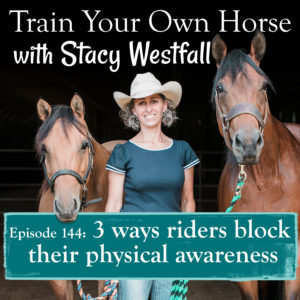
In this episode, I explain three ways I see people holding themselves back by accidentally limiting their awareness of their body. Riding horses can be a great physical awareness tool.
I describe what I call ‘body scanning’ and how to use this tool as a way to increase your awareness of your body so you can communicate more clearly with your horse.
2 Comments
Leave a Comment
SUBSCRIBE TO THE PODCAST HERE:
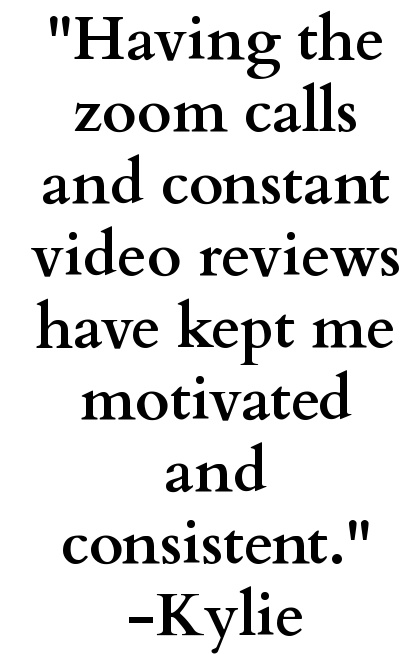
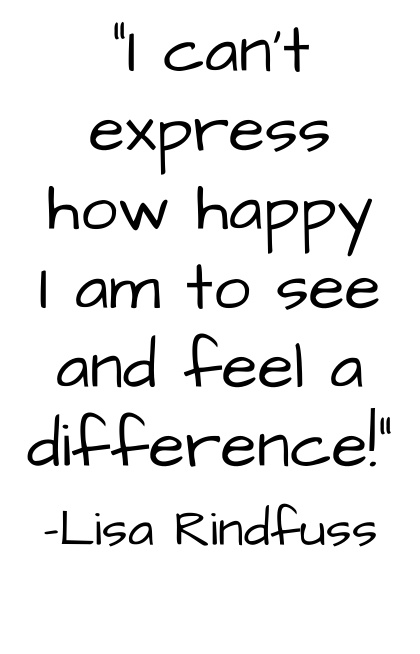
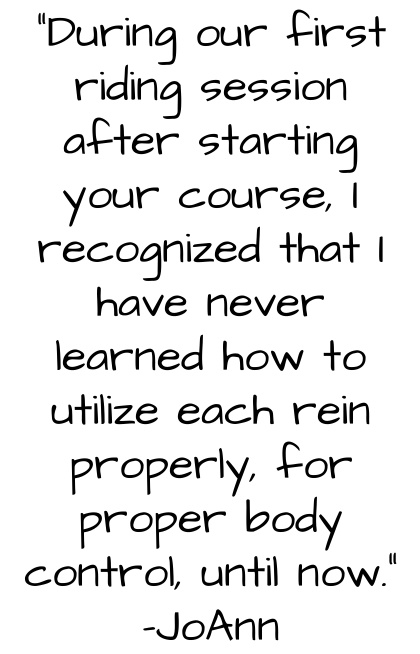
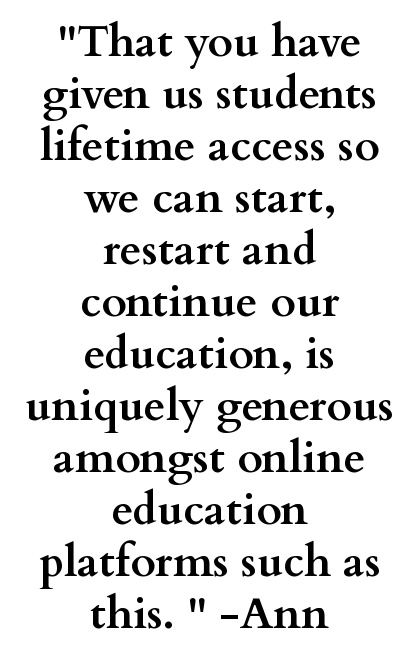
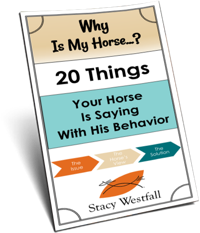
YOURS FREE
WHY IS MY HORSE...?

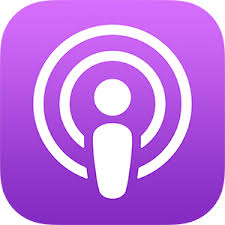
thanks so much for sharing so many valuable insights about physical awareness!! greetings from Chile!
Love these talks. So much wisdom here. My horse ALSO says thank you!!! ?